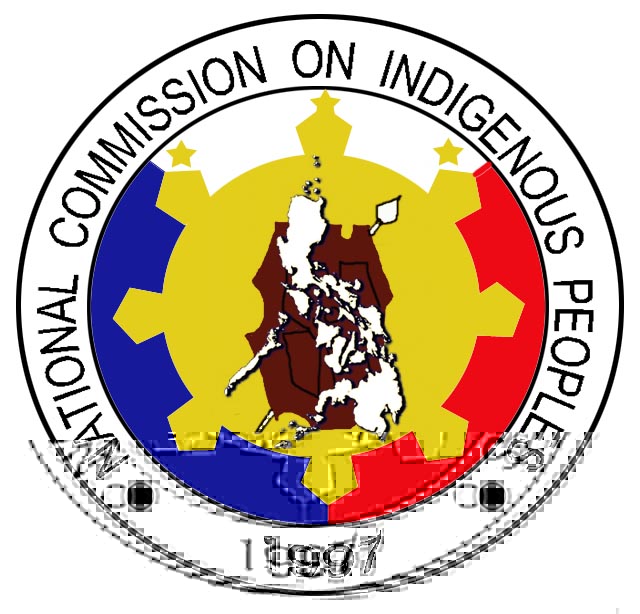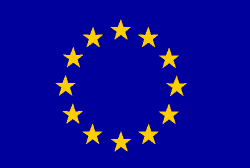Capacity
Development | Forest Rehabilitation | Information, Education and
Communication (IEC) | Sustainable
Livelihood | Land Tenure Security |
Biodiversity Monitoring.
CAPACITY DEVELOPMENT
A collaborative management strategy is needed to ensure a sharper conservation focus and link local and bioregional development activities in support of MINP's conservation. This will require a capable PAMB, supportive communities/local government units and strong community-based organizations and other key stakeholders working towards a common vision for Mount Isarog.
Capacity development activities for PAMB members will focus on: facilitating alignment between MINP's vision and its structure; developing skills in participatory protected area management; formulating internal policies and rules for its functioning; training of local volunteers ("Bantay Bundok") in park protection, biodiversity monitoring and operational support to forest rangers; and developing financial sustainability schemes for the PAMB and PAO.
At the community and LGU levels, SUMMIT, through its partner NGOs, will facilitate participatory assessment and planning activities that integrate concerns for the environment, the economic, social and institutional aspects of development. This will include the strengthening of local governance and development structures that will serve as focal points for the planning and implementation of PAMB conservation initiatives. SUMMIT will also advocate for the funding of local MINP initiatives from the development fund of LGUs for environmental protection.
Community-based organizations (CBOs) composed of primary stakeholders in the 23 forest-edge communities will be organized and strengthened to pursue parallel conservation agenda for the MINP. These organizations will also serve as the main vehicle for the transfer of sustainable farming systems and practices and credit assistance for technology adoption. Anduyog Isarog (ANIS) local federation of CBOs, and currently a member of the PAMB, will also be strengthened to sustain local MINP protection and conservation activities.
|
FOREST REHABILITATION
The General Management Plan of the MINP recognizes the need to rehabilitate and restore degraded areas of the MINP. This is seen to increase the strict protection areas of the park.
Areas for rehabilitation will include heavily degraded forest areas, grassland areas, reforested areas and watershed areas. A total of 400 hectares will be covered -- 300 hectares for reforestation and 100 hectares for assisted natural regeneration. Activities will include: active tree planting using indigenous forest tree species, replacement of exotic species with indigenous trees in existing reforestation areas, agroforestry, and phasing out of cultivation activities in watershed areas. As a complementary activity, SUMMIT will support DENR's perimeter survey and the planting of live trees to demarcate the park's boundary.
Local communities will be involved in rehabilitation activities as local contractors. Priority will be given to organized groups of stakeholders in the implementation and maintenance of forest rehabilitation activities. |
INFORMATION, EDUCATION AND COMMUNICATION
An informed and educated community will recognize and abandon destructive practices and take action against present and future threats to biodiversity (BCN, 1997). By transforming the public's ideas and values on conservation, society can understand how to change exploitative behavior and how to use the forest's wealth in an ecologically sustainable manner.
Through a stakeholder-focused IEC strategy, SUMMIT will raise awareness and facilitate changes behavioral norms that have led to environmentally destructive behaviors.
Innovative community-based IEC activities will be promoted, combining multi-media approaches to reach the target audience. These approaches include the print media (newsletters, posters, leaflets, primers, comics, etc.); the broadcast media (radio spots, radio ads, testimonials, radio interviews and school-on-the-air program); audio-visuals (TV spots, slide tape presentation, video tape presentation); and folk media (skits, plays, songs, dances, "tigsikan", etc). The development and production of conservation-focused instruction materials for both public and private schools will also be assisted to train and exposed young adults on the biodiversity conservation values.
SUMMIT will also actively advocate for the formulation by the Provincial Government of Camarines Sur of an Environmental Code for the province as part of its environmental advocacy efforts.
IEC activities will focus on three key areas: environmental literacy, environmental ethics, and environmental advocacy.
|
SUSTAINABLE LIVELIHOOD SYSTEMS
With the adoption of environmentally sustainable farming systems, primary stakeholders will contribute directly to the conservation of MINP's forest and biodiversity resources. Credit assistance for diversified farming systems will result in more stable household incomes that will gradually wean their dependence on these resources.
Sustainable livelihood interventions will focus on de facto buffer zone areas of the MINP, i.e., communities immediately outside the park boundary, CADC areas of indigenous peoples and designated multiple use zones for tenured migrants. SUMMIT will promote agroforestry technologies, sustainable agriculture and non-destructive livelihood enterprises through formal training, farmer-to-farmer extension and cross visits.
To facilitate the adoption of these technologies, SUMMIT will work with an accredited retail financial institution (RFI) to provide credit assistance to eligible individuals and groups. The RFI will also promote capital build up and savings among borrowers. SUMMIT will provide appropriate training in subsectors, marketing, savings and credit. Market matching and referrals will be pursued to ensure that there are ready buyers for local produce.
|
LAND TENURE SECURITY
Improved land tenure will encourage farmers to pursue longer-term investments in sustainable farm and off-farm enterprises that are more directly linked to biodiversity conservation (BCN, 1997).
SUMMIT will assist in the completion of legal instruments for land tenure security for various stakeholders: tenured migrants in designated multiple use zones, agrarian reform beneficiaries in de facto buffer zones and indigenous peoples in CADC areas. Relevant tenurial instruments may include: DENR's Community-Based Forest Management Agreement, NCIP's Certificate of Ancestral Domain Title/Certificate of Ancestral Land Claim, and DAR's Certificate of Land Ownership Agreement.
|
BIODIVERSITY MONITORING/SOCIO-ECONOMIC RESEARCH
Given quality up-to-date research on the status of the MINP, policy makers, local leaders, communities and other stakeholders will be able to participate actively to calls for its conservation. Stakeholders will then be able to use this information to assess, plan and implement appropriate conservation and development interventions where they will be most effective.
SUMMIT will support the existing biodiversity monitoring system presently adopted by the PAO. The systems uses four participatory monitoring tools: transect, photo documentation, field diary and focus group discussion. The system will be further enhanced to allow for greater stakeholder participation in field implementation and action planning.
Socio-economic research activities will also be pursued to establish links between poverty and environmental degradation and vice versa. The impact of existing livelihood systems on MINP's biodiversity will also be a focus of SUMMIT's research activities.
|
|











